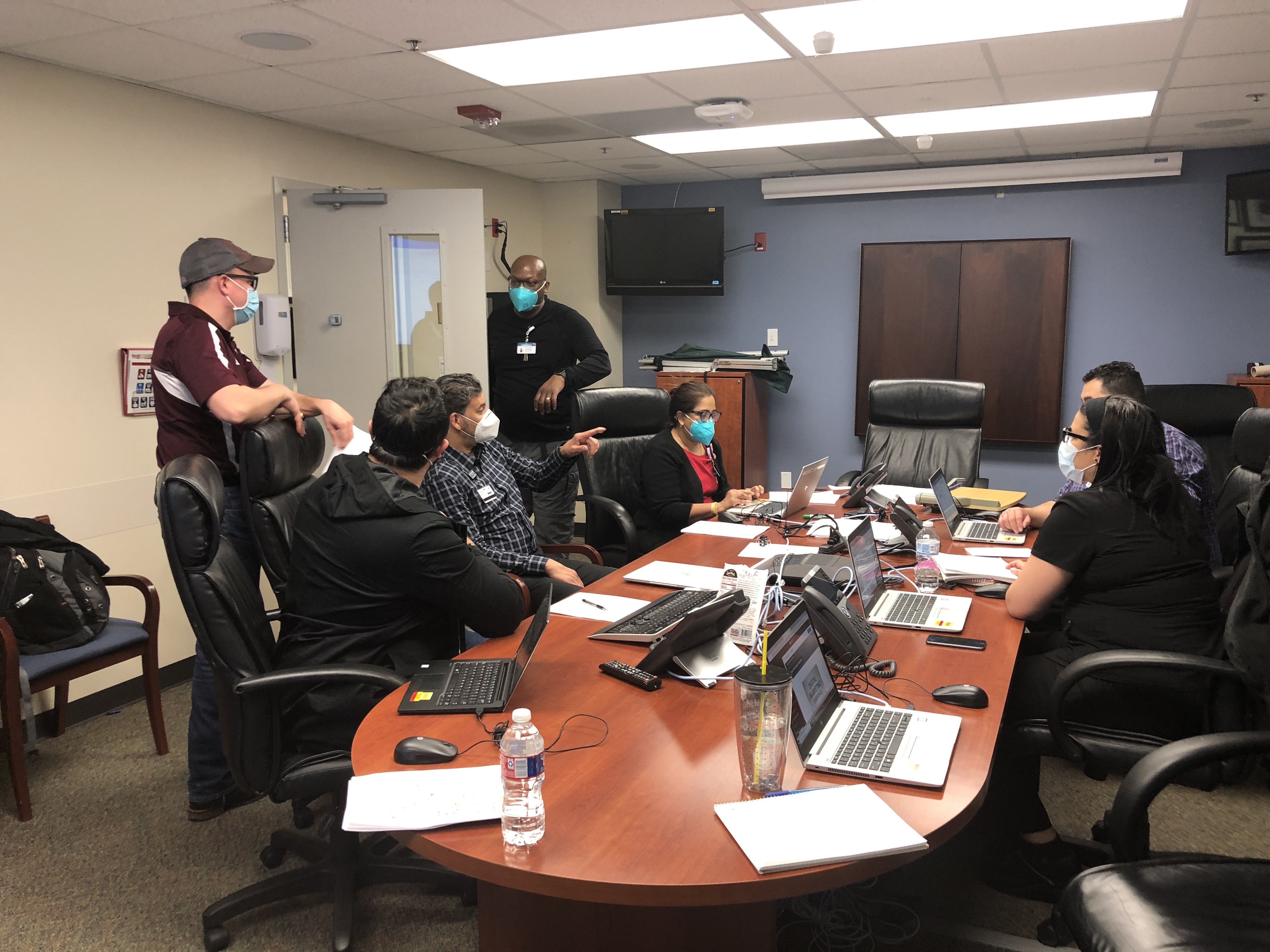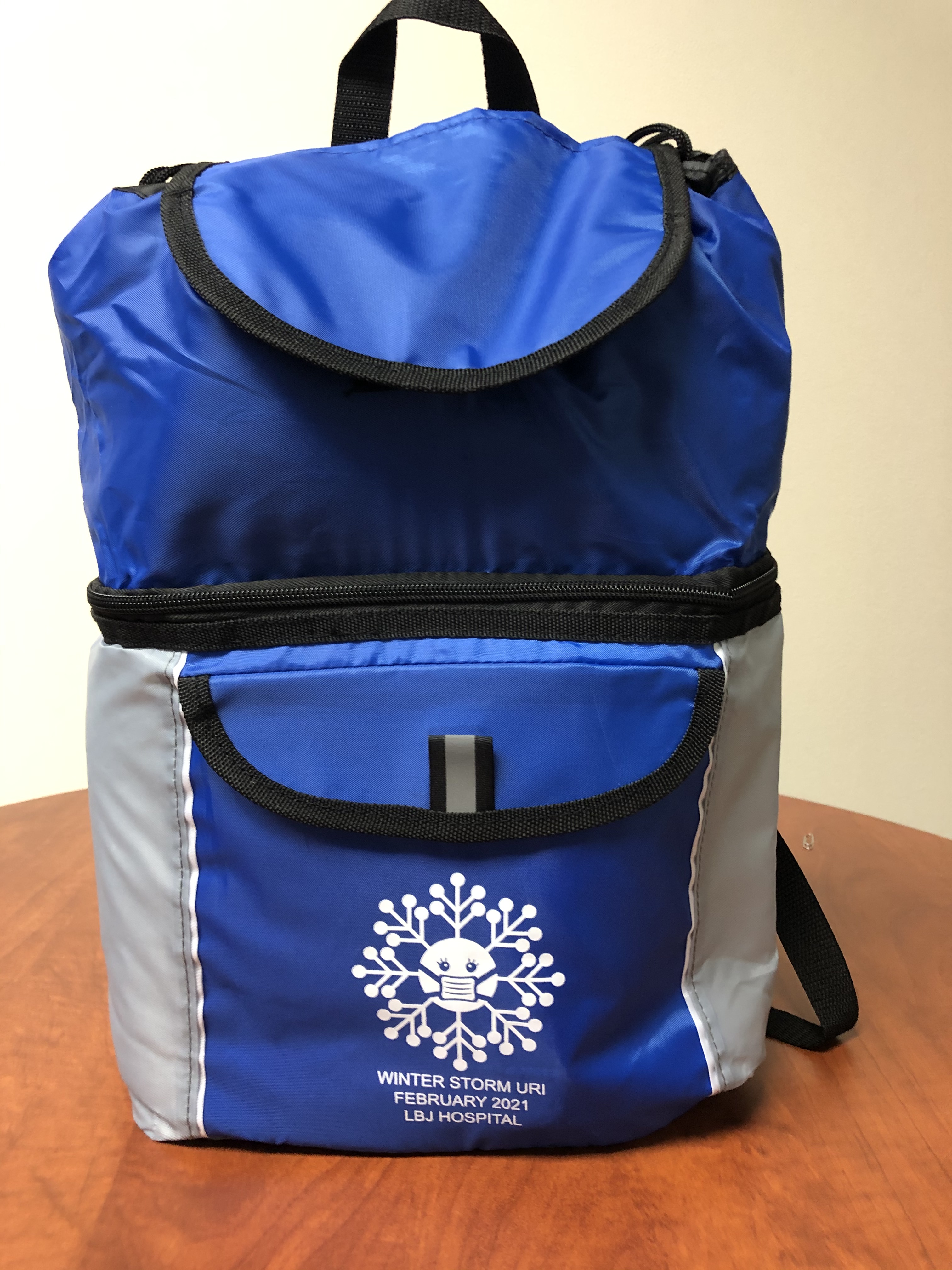I keep a cot in the corner of my office and a sleeping bag stashed under my desk. As the internal communication manager for one of the busiest hospitals in Texas, I have learned that disaster can strike at any time and I can find myself thrust into a five-day, 24/7 emergency response effort.
From 2017’s Category 4 Hurricane Harvey to 2021’s paralyzing Winter Storm Uri, Texas has been tested by all types of weather calamities. Crisis communication has a heightened importance when you seek to engage first responders who must work through the disaster rather than shelter in place at home with their families.
During a severe weather event, our health care system activates a ride-out/recovery model in which preselected employees report to work to “ride out” the disaster. The employees work, eat and sleep on campus and do not leave our facility until the crisis has ended.
Our employee communications team is charged with bringing calm in the middle of a storm as we create effective strategies for informing and engaging a mobile workforce. Here are a few lessons learned.
Lesson No. 1: Centralize Your Information Sources
During a severe weather event/ride-out experience, our emergency management team activates the Federal Emergency Management Agency (FEMA) incident command structure. From clinical care to facility safety, this strategy puts all key decision makers in the same room.
As the internal communications manager, I join incident command as the official internal public information officer (PIO) for the incident. The incident command structure puts you “in the room where it happens” and makes it easy for you to receive and communicate official messages about patient care, employee schedules, meals, sleeping assignments, facility updates, weather forecasts and more.

The Lyndon B. Johnson Hospital (Harris Health System) Incident Command Team for Winter Storm Uri (February 2021). (Photo Credit Harris Health System)
Lesson No. 2: Select Communications Tactics That Work for Mobile Employees
While strategic emails and intranet articles have their place in any communications plan, we must also remember that first responders often are not tied to an office or desk. During emergency management events, we connect with our mobile employees via a variety of communications tactics that include emergency notification text messages and phone calls, an employee hotline, digital signage and scheduled conference calls. Frequent leadership rounding also allows managers to give verbal, in-person updates to front-line staff.

The Lyndon B. Johnson Hospital (Harris Health System) campus in Houston is covered in snow and ice during Winter Storm Uri (February 2021). The winter storm brought some of the coldest temperatures in decades to the state as the electric grid was crippled by rolling blackouts. (Photo Credit Harris Health System)
Lesson No. 3: Empathy Is Essential
As the saying goes, “It’s not what you say, but how you say it.” Weather events require a unique type of crisis communication response because the incident affects more than just your company or brand. During Hurricane Harvey and Winter Storm Uri, we had several employees who worked the disaster while knowing that their families and homes were negatively affected by the storms. Our employee communications had to do more than just inform. We also had to explore opportunities to engage employees and show empathy.
During Hurricane Harvey, employees spent five days at a time on campus. We created venues for voluntary prayer services, movie and game nights, Zumba workout sessions and more. It was important for employees to have avenues for maintaining mental and physical wellness during their stay. Social media listening was also very important because it offered real-time feedback on employees’ opinions about our disaster response, and it allowed us to respond to and correct rumors in real time.
Lesson No. 4: Document! Document! Document!
It’s easy for communicators to get in a zone and never leave our computers. However, during a crisis, it’s important for us to leave the office and actually witness what’s happening. Don’t forget to document your crisis response via photos, videos and quotes from employees. This documentation will be invaluable for after-action reports, newsletters and annual reports.

The Lyndon B. Johnson Hospital (Harris Health System) campus in Houston is covered in snow and ice during Winter Storm Uri (February 2021). The hospital treated several cases of carbon monoxide poisoning as residents struggled to stay warm without heat or electricity. (Photo Credit Harris Health System)
Lesson No. 5: Celebrate Your Successful Disaster Response
Employee engagement extends beyond the actual crisis. After managing a crisis, don’t forget to recognize your successful crisis response with commemorative T-shirts that highlight your teamwork, employee appreciation lunches and a variety of internal communications that tell your story.

Finally, make room for employee-generated content. Your employees sometimes have a unique perspective on your disaster response. Just check out this video that one of our employees created when he was off the clock during Hurricane Harvey.

Peyton Woodson Cooper, CMP, CPCPeyton Woodson Cooper, CMP, CPC, manages the award-winning internal communications team for Houston’s Lyndon B. Johnson (LBJ) Hospital, the busiest level III trauma center in Texas. She is an agile communications leader with more than 20 years of experience as a journalist and marketing communications professional. A proud Dallasite, Peyton earned a Bachelor of Arts in journalism with double minors in sociology and religious studies from Southern Methodist University (SMU).
In 2018, Peyton was honored by Ragan Communications, the Public Relations Society of America (PRSA) and the International Association of Business Communicators (IABC) for her award-wining LBJ Hospital crisis communications response to Hurricane Harvey. Peyton is a member of IABC Houston and is a former board secretary for PRSA Houston. A lifelong learner, she is certified by the Global Communication Certification Council (an IABC Initiative) as a Communications Management Professional (CMP), and is a Certified Public Communicator (CPC) by the Texas Association of Municipal Information Officers/Texas Christian University. She is a master’s degree candidate in strategic communications at Arkansas State University.